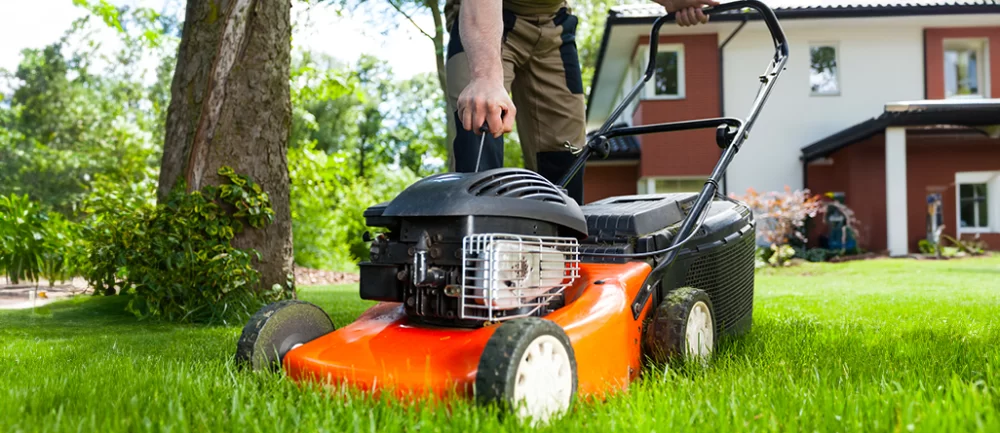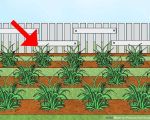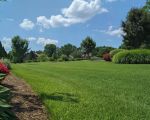
Understanding the Challenges of a Neglected Lawn
When I first moved into my house, the lawn was in a terrible state. The grass was patchy, there were more weeds than I could count, and the soil seemed as though it hadn’t been touched in years. I was determined to bring it back to life. A neglected lawn can seem like a daunting project, but with the right tools and knowledge, you can restore it to its former glory. It’s not just about making the lawn look nice; it’s about creating a healthy ecosystem where the grass can thrive.
How Lawn Neglect Happens
Lawn neglect often happens for several reasons. Maybe you’ve had a busy season, or perhaps you’ve simply lost interest in lawn care. In some cases, poor maintenance practices such as over-fertilizing or under-watering can cause the grass to weaken over time. When lawns are neglected, the soil can become compacted, the grass starves of nutrients, and weeds and pests can quickly take over.
Why Restoring a Neglected Lawn Matters
Reviving a neglected lawn isn’t just about aesthetics; it has multiple benefits. A healthy lawn acts as a natural air filter, improves curb appeal, and even helps in regulating soil temperature. In addition, it provides a space for outdoor activities and can increase the overall value of your property. I’ll walk you through the steps I took to restore my lawn, along with a few expert tips to help you along the way.
Step-by-Step Guide to Restoring Your Neglected Lawn
1. Assessing the Damage
The first thing I did was assess the damage. It’s crucial to understand what you’re working with before diving into the restoration process. Take a good look at your lawn to determine what the major problems are. Is it full of weeds? Does it have bare patches? Or is it suffering from poor soil conditions? Knowing these things will help you decide on the right course of action. In my case, I had a mix of all three!
2. Soil Testing and Preparation
Once I had assessed the damage, I tested the soil. Soil testing is one of the most important aspects of lawn restoration. Soil pH, nutrient levels, and drainage play a significant role in how well your grass can grow. You can easily purchase a soil testing kit or send a sample to your local cooperative extension service. This will tell you exactly what your lawn needs in terms of amendments like lime, sulfur, or fertilizers. Based on the test results, I applied the necessary treatments to ensure my lawn’s soil was healthy.
3. Aerating the Lawn
Aeration was one of the most significant steps I took in restoring my lawn. Compacted soil can suffocate the grass roots, making it nearly impossible for them to get the nutrients they need. Lawn aeration involves perforating the soil with holes to allow air, water, and nutrients to reach the grass roots. If you don’t own an aerator, many garden centers and tool rental places offer them for rent. After aerating, I was amazed at how much better the soil drained and how much healthier the grass started to look.
4. Over-seeding
Over-seeding is another essential step in lawn restoration. This process involves spreading grass seed over the existing lawn to fill in bare spots and thicken the turf. I chose a seed mix that was suited for my region and climate. It’s important to choose the right type of grass seed for your specific area. In my case, I used a blend of Kentucky bluegrass and fescue, which thrives in the U.S. Midwest. Over-seeding is best done in the fall when temperatures are cooler and there’s more moisture in the air, but it can also be done in early spring.
5. Fertilizing
After aerating and over-seeding, I fertilized my lawn to give it a boost of nutrients. When fertilizing, it’s important to use a balanced fertilizer that includes nitrogen, phosphorus, and potassium, as these are essential nutrients for healthy grass. I applied the fertilizer after over-seeding, so it could help the new grass seeds germinate. Be sure to follow the directions on the fertilizer package to avoid over-fertilizing, which can harm the lawn.
6. Watering Techniques
Watering is one of the most critical factors in lawn restoration. Initially, I watered my lawn deeply but infrequently to encourage the grass roots to grow deeper into the soil. For the first few weeks after over-seeding, I made sure to keep the soil consistently moist to help the new grass germinate. However, once the grass started to grow, I reduced the frequency of watering, switching to a more deep watering schedule to help the grass establish a strong root system. I also made sure to water in the early morning to prevent fungal diseases, which are more likely to develop if you water in the evening.
Common Mistakes to Avoid
1. Over-watering
One mistake I made in the past was over-watering my lawn, thinking it would help it grow faster. However, too much water can lead to shallow root growth, and it can also promote the growth of weeds. It's essential to water deeply but less frequently to encourage strong root development.
2. Ignoring Pest Control
Pests can be a significant issue when restoring a lawn. I learned the hard way that ignoring pest control can set back all the hard work you’ve put into your lawn. I applied an organic pest control product to prevent any insect infestations that could harm the grass or soil. Regularly check your lawn for signs of pest damage, and take action early to prevent further issues.
3. Neglecting Regular Lawn Maintenance
Restoring a lawn isn’t a one-time project. After my lawn had been restored, I made a commitment to regular maintenance. I now mow my lawn at the right height (not too short) and continue to aerate and fertilize on a regular schedule. Keeping up with regular maintenance is key to ensuring the longevity of the lawn’s health and appearance.
The Reward of a Restored Lawn
After months of hard work, I was thrilled to see my lawn come back to life. It looked lush and green, and the transformation was incredible. A well-maintained lawn can bring a sense of pride and joy, and it’s worth the time and effort to restore it. With these tips, you’ll be well on your way to reviving your neglected lawn and enjoying the benefits of a healthy, beautiful outdoor space.








